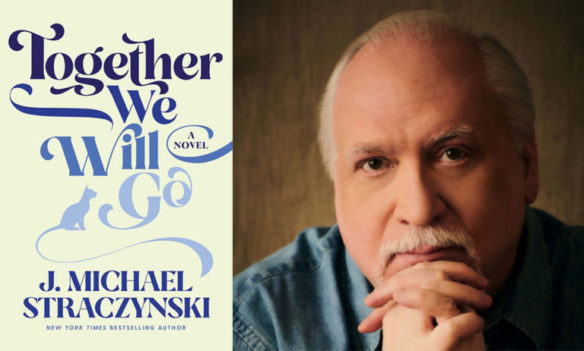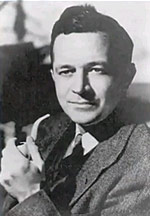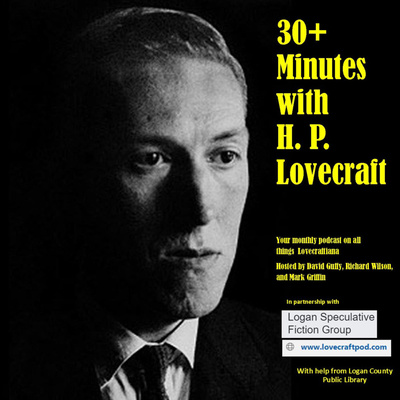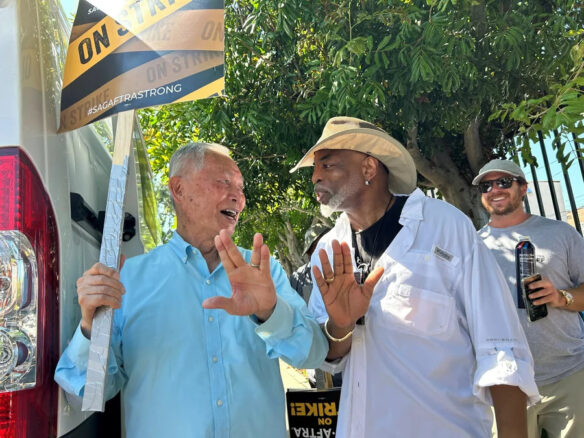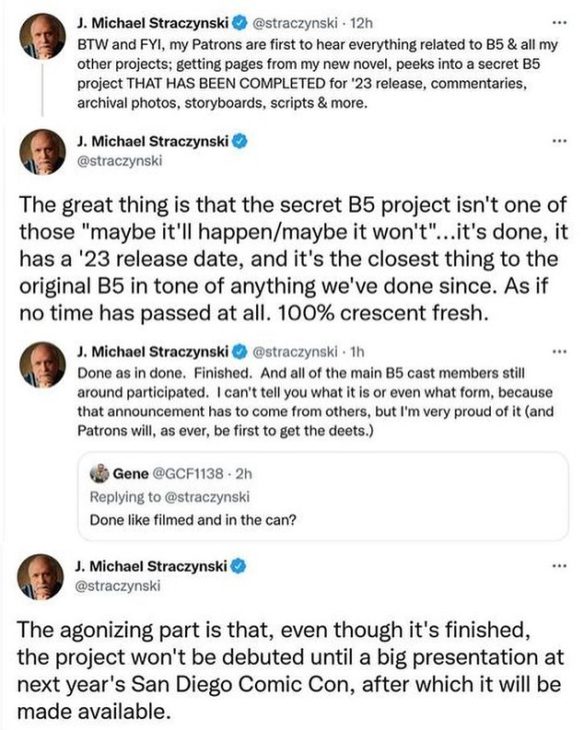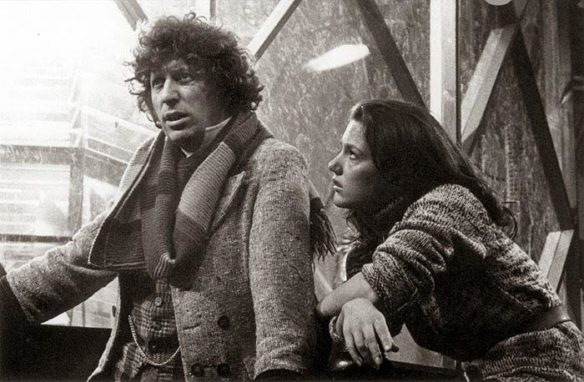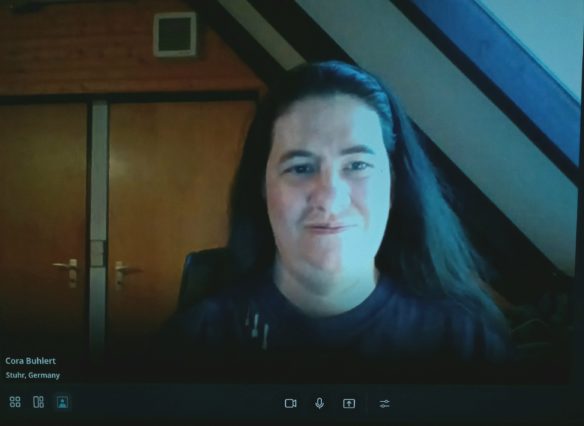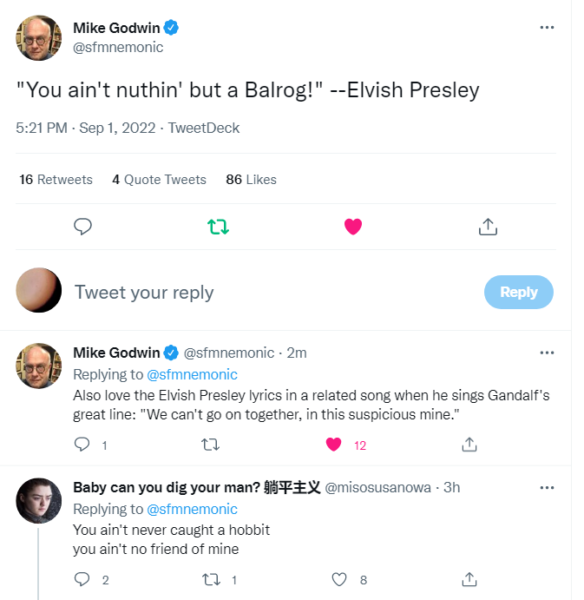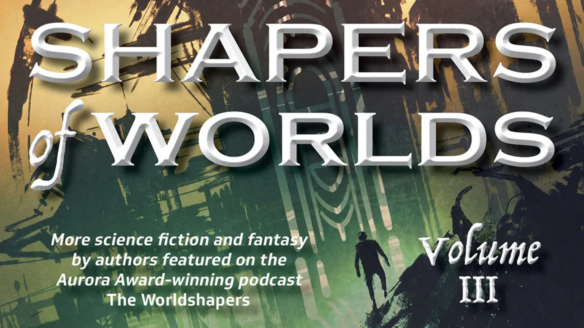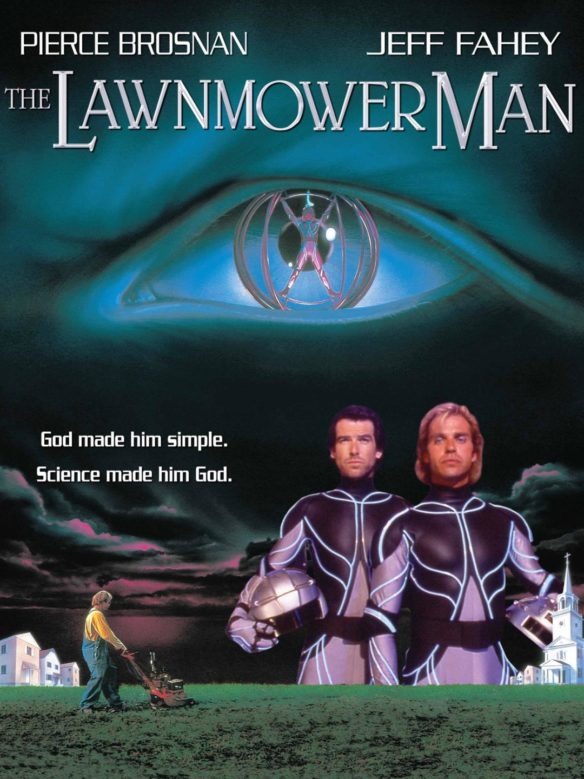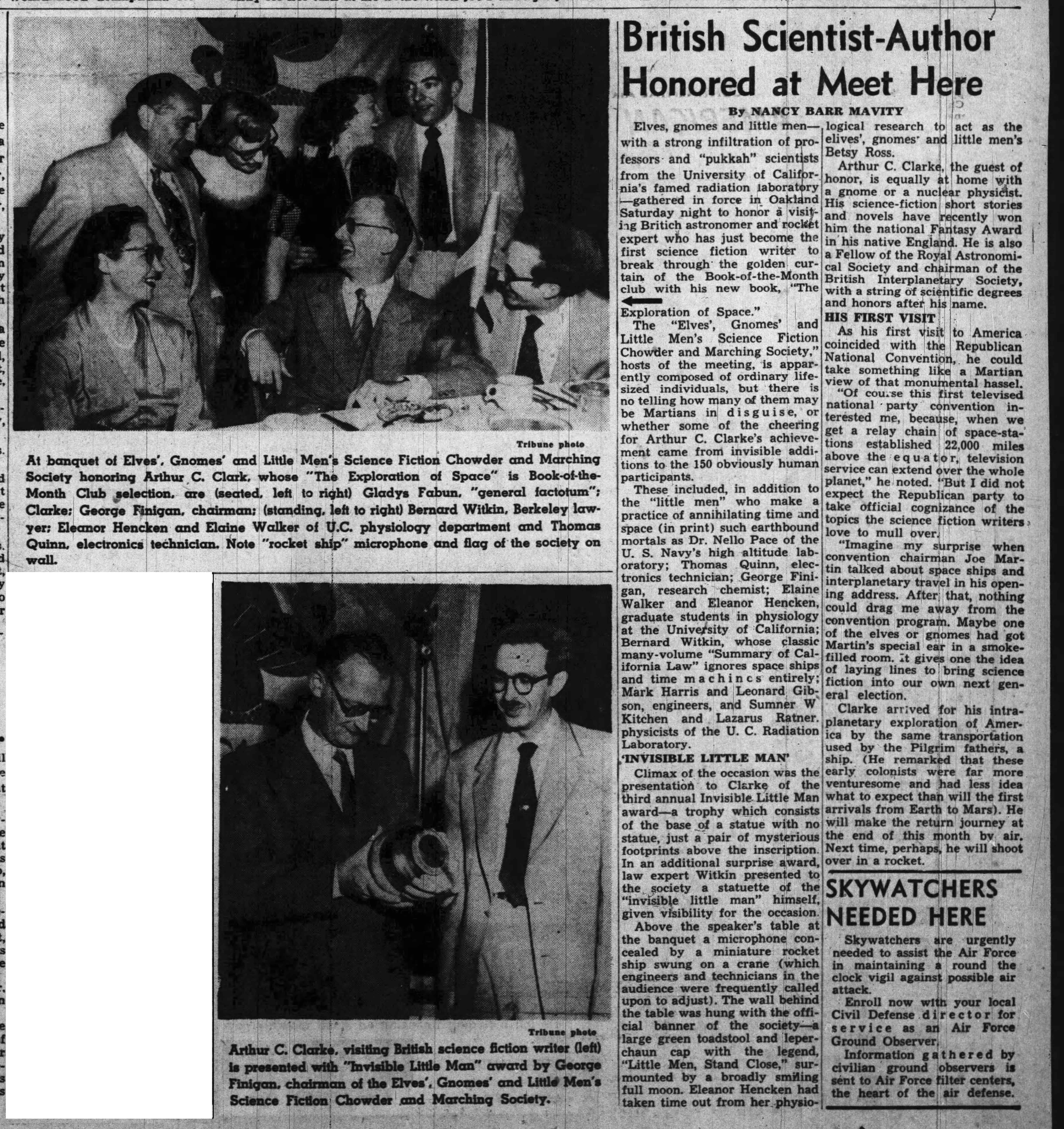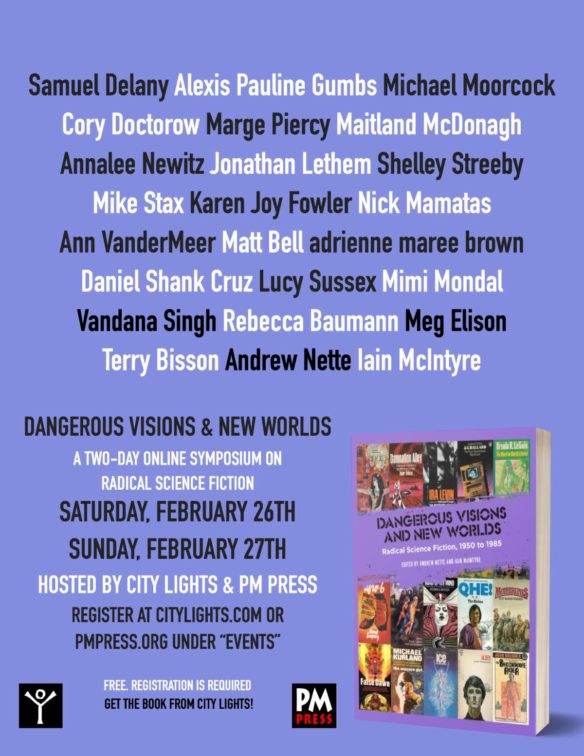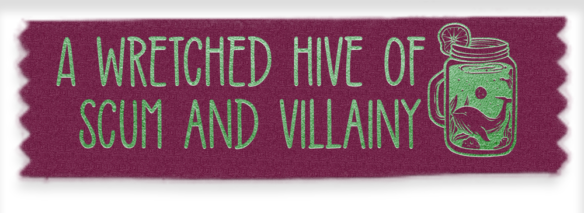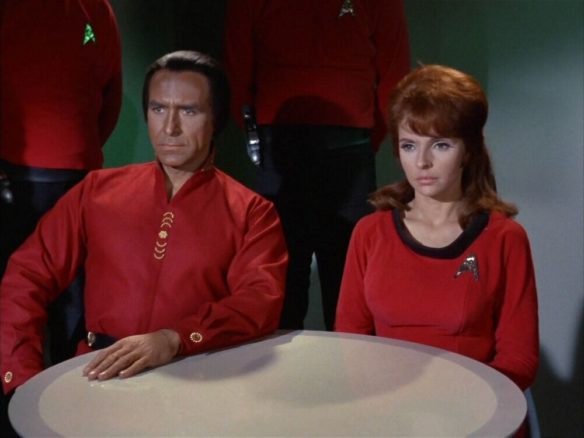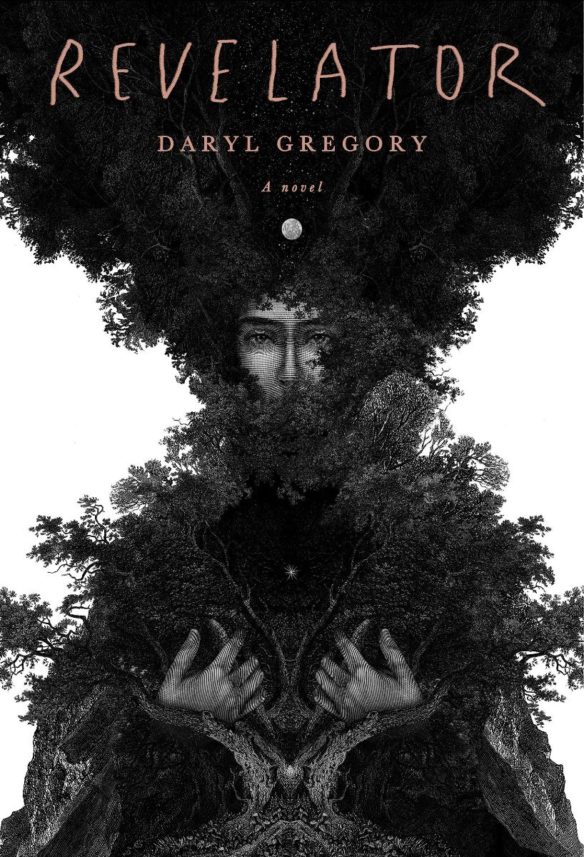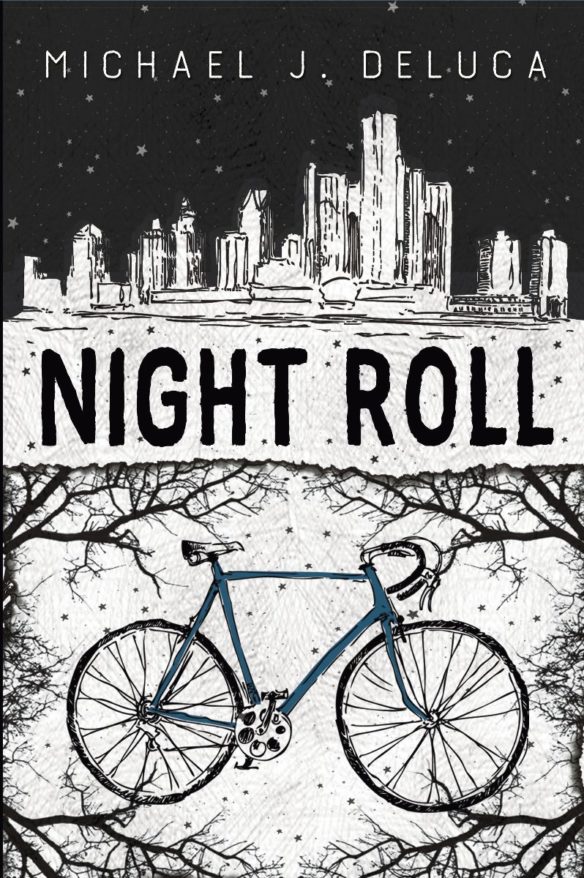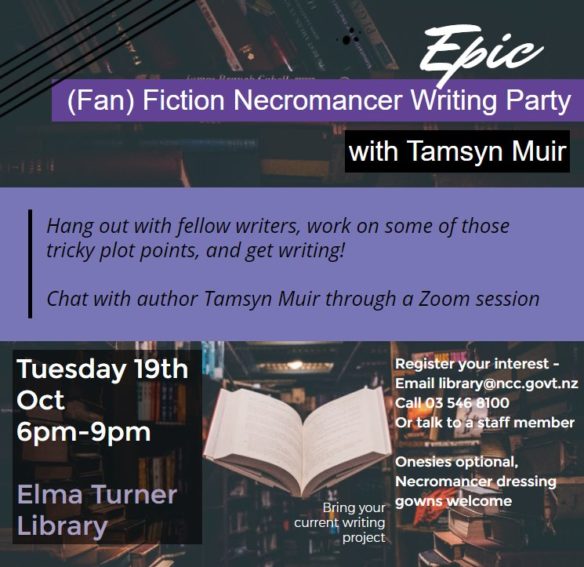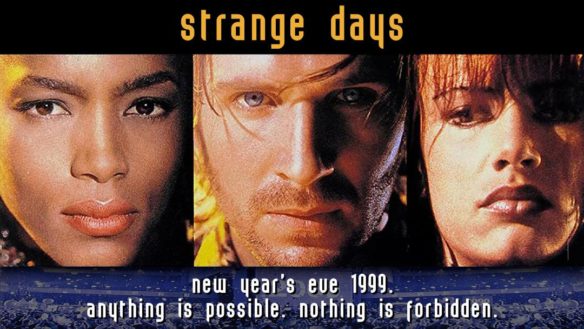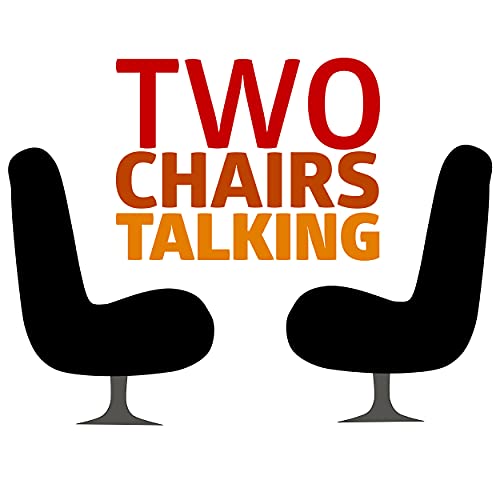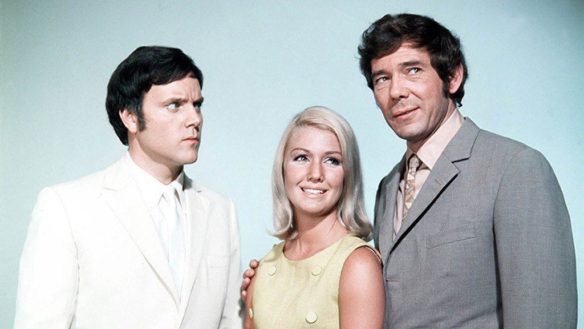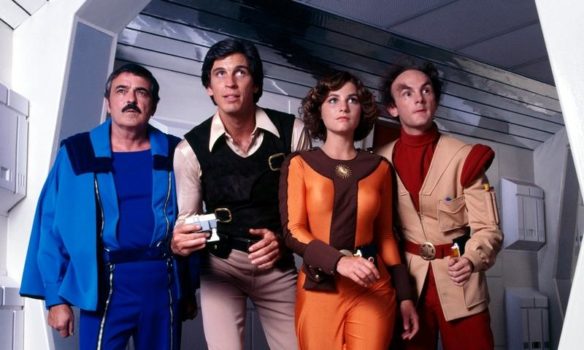(1) HUGO HUNTING SEASON STARTS. The Seattle Worldcon today declared “2025 Hugo Nominations Open”.
I went and looked at their “Nominations Eligibility” page. All useful information. However, I was surprised to see how long the Best Series eligibility section needed to be in order to explain the restrictions on past winners (no longer eligible) and on renominating past finalists (in general, at least two additional installments in the series consisting of at least 240,000 words in aggregate must have been published between the end of that finalist’s last eligibility year and December 31, 2024).
(2) SUPERKERFUFFLE. [Item by Dann.] Superman actor Dean Cain has become the focal point of a kerfuffle on X.com.
On February 8, ScreenRant posted to X.com a photo of six actors who have portrayed Superman.
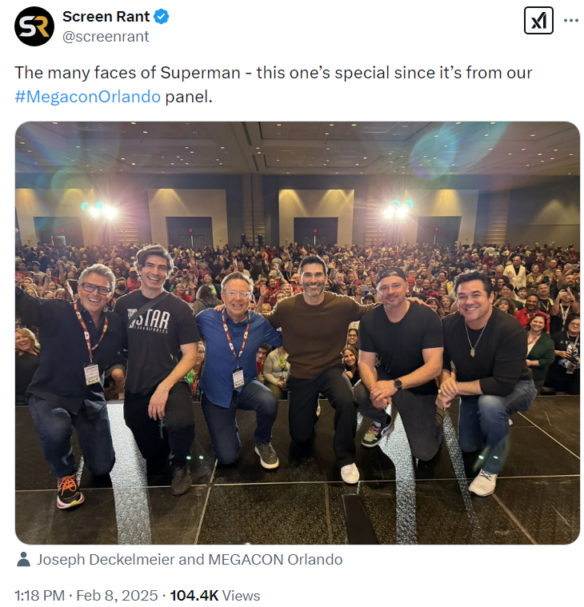
The next day DCU World – apparently an unofficial fan account — posted a modified version of the same image. The significant difference was that Dean Cain had been edited out.
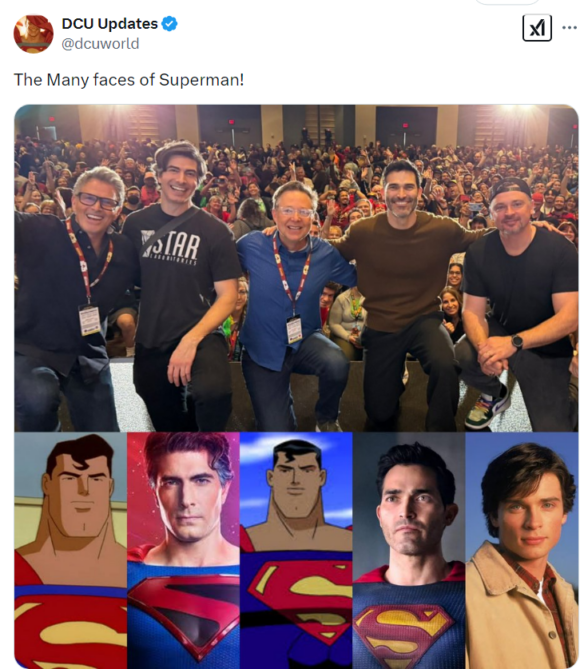
Fans of Dean Cain have been pointing out the omission ever since.
And Dean Cain cast a jaundiced eye on the change.
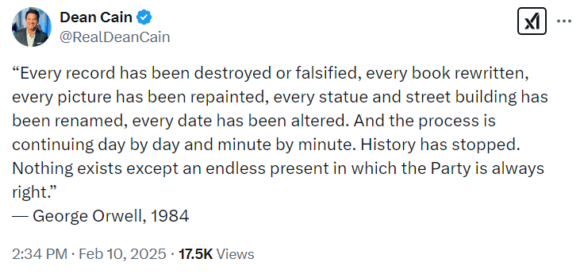
Why would someone do this? Possibly because Dean Cain is a vocal Trump supporter. Or because in 2021 he slammed DC Comics’ decision to have Superman come out as bisexual.
…“They said it’s a bold new direction, I say they’re bandwagoning,” the 55-year-old actor told Fox & Friends First on Tuesday. “Robin just came out as bi — who’s really shocked about that one? The new Captain America is gay. My daughter in [The CW series] Supergirl, where I played the father, was gay. So I don’t think it’s bold or brave or some crazy new direction. If they had done this 20 years ago, perhaps that would be bold or brave….
This was George Takei’s reaction at the time:
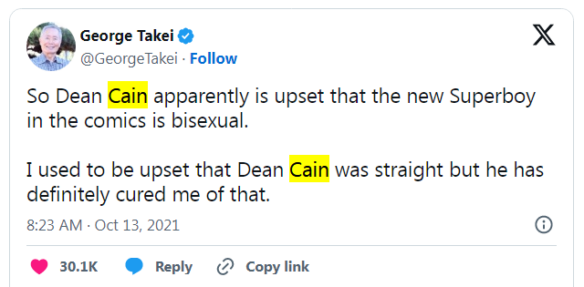
(3) WHY NOT SAY WHAT HAPPENED? Scott Edelman recalls “The Day I Should Have Defended Herb Trimpe” in Episode 18 of his Why Not Say What Happened? podcast.
Another look back on my early comics career has me considering the possible reason Robert De Niro’s Max Cady character cared about Captain Marvel in the 1991 movie Cape Fear, the day Jim Shooter and I parachuted out of an airplane (and why an ambulance was called), my surprise over a 1974 House of Mystery submission to editor Joe Orlando, why 2025 Scott is curious about what Crystal leaving the Fantastic Four meant to the 1970 fanboy I was, the reason Doc Savage and Scooter Pies are inextricably linked in my memory, my regret over not having defended artist Herb Trimpe from his detractors, and much more.
Here’s where all episodes across all platforms can be found — Why Not Say What Happened? [Click below for larger image.]
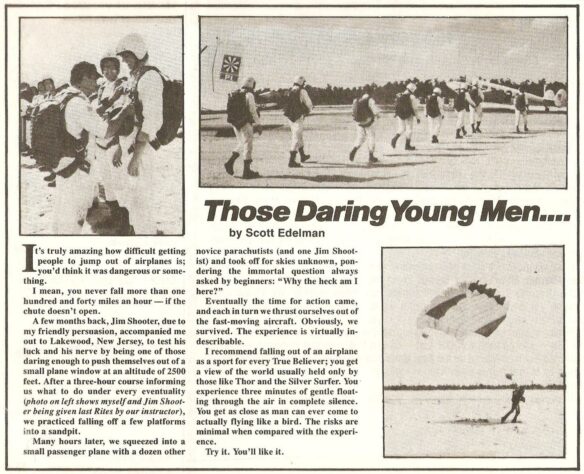
(4) ANTON HUR Q&A. “Mandana Chaffa uses the otherworldly premise of Anton Hur’s novel Toward Eternity as a springboard to discuss Hur’s path to translation, community, and immortality” — “’Making Space for Each Other’: Anton Hur on Toward Eternity, Translation, and Immortality” at Words Without Borders.
MC: I’ve long admired your advocacy and generosity for the art and its practitioners by supporting translators’ rights, providing guidance, and, of course, being part of the Smoking Tigers. Is this a golden age of translation? I know we’ve been talking about eternity, but what do you hope to see more of in the present?
AH: I got a bizarre message recently from a Korean translators collective who said they were launching and had no wish to compete with Smoking Tigers. It was an odd thing to say to me. The whole reason we set up Smoking Tigers was to collaborate with each other, and our policy has always been to encourage the rise of a thousand translator collectives, but perhaps because we have been so spectacularly successful as individual translators, people have this notion of Smoking Tigers as being the Bene Gesserit or something. We’re just very close friends who happen to be in the same industry and occasionally workshop together. It’s not that special— anyone can make a collective! We just happen to be one of the earliest, that’s all. I’m often told that I’m an advocate for translators, which is very kind of people to say, but my advocacy is very self-serving. I mean, I am literally a literary translator myself, so if I’m advocating for literary translators, doesn’t that mean I’m essentially advocating for myself? Even when I see a great sample someone else did in a workshop and try to connect that translator to an editor I think would be interested in it, that’s because I believe that only by making an effort to publish the best translations can the ecosystem—and myself—truly thrive. There are so many great translators out there with wonderful projects, and I want to see them published, and yet publishing is so inefficient in finding these gems. If I can step into the breach, I try to, for the sake of the ecosystem and, by extension, myself. It’s all about me in the end; I don’t think much beyond that….
(5) INCITEFUL? “Israeli Police Raid Palestinian Bookshops in East Jerusalem” reports the New York Times (article is behind a paywall).
For decades, the Educational Bookshop has been a cultural cornerstone of East Jerusalem, its two outlets hosting foreign diplomats, feting prominent authors and providing readers with both sides of the story in the conflict between Israel and Palestinians.
This weekend, the Israeli police raided the stores and arrested their two owners after concluding that books being sold there — including a children’s coloring book — could incite violence. The police said they seized a number of books in the raids on Sunday.
The shops were initially closed on Monday, but later opened despite a judge ordering the brothers who own the stores, Mahmood Muna and Ahmed Muna, to remain in detention until Tuesday morning amid a police investigation. They were also ordered to be held under house arrest for five days following their release and banned from returning to their bookshops for 15 days.
Murad Muna, a brother of the two owners who reopened one of the stores on Monday afternoon, denied that the books sold there promoted violence. In fact, he said, the books passed Israeli censors when they were imported from abroad.
“We believe that this is a political, not a legal detention,” the lawyer for the two arrested men, Nasser Oday, said outside the courthouse in Jerusalem after the hearing.
In a statement, the police said the shops were searched on Sunday for books suspected of containing “inciting content.” It said detectives “encountered numerous books containing inciteful material with nationalist Palestinian themes, including a children’s coloring book titled ‘From the Jordan to the Sea.’”
The slogan “from the river to the sea” has long been a rallying cry for Palestinian nationalism and is usually interpreted by Israelis as a denial of their country’s right to exist….
(6) TODAY’S BIRTHDAY.
[Written by Cat Eldridge.]
February 10, 1953 — John Shirley, 72.
Did you know that John Shirley has written an historical novel, a western about Wyatt Earp — Wyatt in Wichita? I wonder how many of our sff writers beside him and Emma Bull (whose novel Territory was decidedly not historical) have written novels on this incident and the individuals there?
I really enjoyed his third novel City Come A-Walkin which I think is a brilliant rendering of a City come to life.
I’ll admit I’m not much at all for grim dystopian SF but I did find his A Song Called Youth trilogy of Eclipse, Eclipse Penumbra and Eclipse Corona fascinating if in a horrifying manner.
His best known script work is The Crow film, for which he was the initial writer, before David Schow reworked the script. I’m not sure he got actually any credit at all. He also wrote scripts for Poltergeist: The Legacy.
I see that to my surprise he wrote an episode of Deep Space Nine, “Visionary” and also wrote three episodes of the ‘12 Teenage Mutant Ninja Turtles series. He also an episode of Batman Beyond, “Sentries of the Last Outpost” which was about hard core players of a virtual reality role-playing game are recruited by the alleged creator of the game for his own purposes.
He wrote novels in the Aliens, Doom, Halo, Predators franchise, Borderlands video gaming, Resident Evil, DC metaverse and the Grimm series.
Do tell me what else you enjoyed by him.

(7) COMICS SECTION.
- Dinosaur Comics has a negative idea about the arts.
- Eek! spent the weekend this way.
- Close To Home has a modern reaction to alien abduction.
- Eyebeam is about to have an inspiration.
- Loose Parts denies everything.
(8) TRANSITION. Tony Isabella is now Jenny Blake, the news signal boosted by Mark Evanier in “Tony/Jenny” at News From ME.
…You see, that person is still alive. He’s just no longer Tony Isabella…and here’s where I get into what Daffy Duck would call “Pronoun Trouble.” She is now Jenny Blake, having announced today that she has transitioned to what she feels is the proper gender identification for her. I’ve known about this for a while and as far as I’m concerned, the only bad part of this is the Pronoun Trouble it creates….
(9) THE SIMS 25TH ANNIVERSARY. “The Sims Turned Players Into Gods. And Farmers. And Vampires. And Landlords.” in the New York Times (behind a paywall).
Will Wright kindly requests that admirers stop describing him as a god.
“I don’t think God would concern himself with taking out the trash and cleaning the toilet,” he quipped while chain-smoking cigarettes. Besides, he’s an atheist.
But what is better shorthand to describe the man who created The Sims? The influential video game allowed players to act like gods themselves, building virtual neighborhoods populated by virtual families who pay virtual bills and complete virtual chores.
Players could improve the lives of their Sims by constructing McMansions filled with plush couches and flat-screen televisions. Or they could become vengeful, directing Sims to light fireworks indoors and paddle to exhaustion in a swimming pool with no exit.
Twenty-five years later, players are continuing to push the boundaries. Sure, there are glitzy houses and happy families in The Sims 4. But by modifying the game’s code, players have created a health care system as byzantine as the real American one and taught Sims how to wield pistols and knives. The game’s official expansion packs offer their own weirdness. Sims can become vampires and witches. They can even play The Sims.
“I never really thought of The Sims as inherently optimistic,” Wright, 65, said. “I always thought of The Sims as slightly sarcastically nostalgic for a past that never really existed.”
The Sims was a sandbox for the American dream when it was released on Feb. 4, 2000, with Wright pulling inspiration from biology, architecture, comics and psychology to dictate the rules of his virtual dollhouse. It was an unusual proposal at a time when most games were goal-oriented and linear, and a predecessor to create-your-own-adventure games like Minecraft that give players a pick axe and carte blanche.
Although more than 500 million people have played games in the Sims franchise, which is particularly popular with women, it was originally seen as a risk. Executives at the game studio Maxis had urged Wright to focus instead on the SimCity franchise, his urban-planning simulator from 1989 that had put the company at the forefront of American game design. “Everyone in the room hated the idea of The Sims,” Wright recalled.
The outlook initially worsened after Electronic Arts acquired Maxis in 1997. Some managers wanted the game to be less realistic; others wanted to prevent it from being released at all.
But other leaders saw promise in Wright’s vision. “We wanted to make SimCity bigger,” said Luc Barthelet, who was then an Electronic Arts executive and brought in key resources for The Sims’s development team. “But we also needed to invest in designers like Will who were extremely talented and doing things that were different.”…
(10) VISIT FROM THE SUCK FAIRY? However, the Guardian’s Bex April May cries “Wait! The Sims is a lot bleaker than I remember”.
… I forgot how much time the original Sims actually spend working. They do boring, dull jobs for little pay, out of your sight – making the simple message that you get when they are promoted (or passed over) strangely impactful. Put that meagre wage packet towards the cheapest oven on offer, and it’ll probably catch fire and kill you. This is a game that punishes you for being poor. It means that the rich, like the iconic Goth family, in their still-stunning graveyard-edged stone mansion stay, rich – while the poor stay poor. Social mobility in The Sims 1, I learned, is near impossible.
And having a social life? Forget it, at least when you’re on the bottom rung of your random career ladder. There’s simply no time to make friends, something I didn’t remember from my days as a Sims-obsessed tween. I now realise that my neighbourhood’s messy EastEnders-level entanglements were largely scripted in my head. Instead, you must chip away at ++ and – – relationship scores until you can finally, anticlimactically ‘Play in bed,’ thanks to the Livin’ it Up expansion pack that provided the world’s most basic sex education to a generation of 11-year-olds. There’s nothing dark about that expansion’s heart-shaped bed. I still want it in real life….
(11) DOES IT PAY TO BE NICE? [Item by SF Concatenation’s Jonathan Cowie.] That Hideous Strength (1945) by C. S. Lewis has had the first of two episodes of a documentary on BBC Radio 4. (You can access the documentary here.)
This novel came out before the Narnia books that so far have sold over 100 million copies. That Hideous Strength is that last in Lewis’s so-called space trilogy. Set in a somewhat dystopic, increasingly totalitarian, post-war Britain, it sees a woman’s dreaming enabling her to travel. But shadowy government agencies are in the mix but another nation appears to have a frightening programme of their own and apparently there is something hideous, alien, evil even, in the mix…
We’re not in Narnia anymore. It’s the late 1940s and an exhausted Britain is trying to recover from the war. The establishment of NICE (National Institute for Coordinated Experiments) seems to offer a positive future. There are confident predictions of a cure for cancer and new treatments for antisocial behaviour that will made prisons redundant. A tech revolution is blooming without restraint and NICE are secretly experimenting with the creation of trans-human beings of superior intellect. C S Lewis’s ‘modern fairy tale for grown-ups’ warns of a world where technocrats are kings.
Part one of a BBC Radio audio drama version of the story can be heard here: “CS Lewis: That Hideous Strength”.
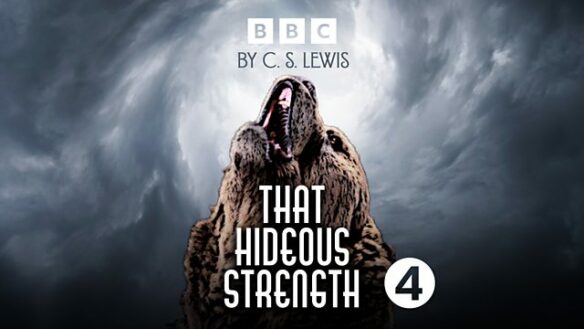
(12) BITE ME. According to NPR, “Scientists grew human-like teeth in pigs. Here’s how and why”. So you won’t have to get dentures, but you will never be able to eat bacon ever again.
But researchers may be on track to developing a way to grow new, living teeth replacements. In a paper published in late December, a team at Tufts University reported having successfully grown human-like teeth in pigs.
Pamela Yelick, a professor at the Tufts School of Dental Medicine and lead researcher of the effort, said pigs have as many as five or six sets of teeth that grow throughout their lives.
If scientists can understand how pigs regrow and replace teeth so many times, Yelick said, they might be able to regrow teeth in people.
In their research, Yelick and her team took soft living tissue from both human and pig teeth, combined them in a lab, and then transplanted it into a mini pig’s mouth. They obtained the materials from pig jawbones and human teeth extracted for orthodontic reasons.
“In a few months, you can get a pretty good sized bioengineered tooth,” Yelick said, noting that while it’s “not perfect” in shape or size, the end product does closely resemble a natural tooth….
(13) ANCIENT ANIMAL MONSTER BURROWS. [Item by SF Concatenation’s Jonathan Cowie.] “Did giant ice age beasts carve these vast caves in South America?” asks Nature. Researchers are investigating who — or what — cut ancient tunnels in sandstone in Brazil and nearby nations.
For generations, these structures have puzzled travellers and scientists, who have debated how they formed. Explorers in the early twentieth century attributed the spaces to ancient Indigenous groups. But research in the past decade has coalesced around the theory that the caves were carved by extinct megafauna.

[Thanks to Mike Kennedy, Andrew Porter, John King Tarpinian, Dann, Kevin Lighton, Chris Barkley, Cat Eldridge, SF Concatenation’s Jonathan Cowie, Steven French, Kathy Sullivan, and Teddy Harvia for some of these stories. Title credit belongs to File 770 contributing editor of the day, none other than lunar real estate salesman Daniel Dern. This is at least his fifth. But stick around — someday it will be his second fifth.]


